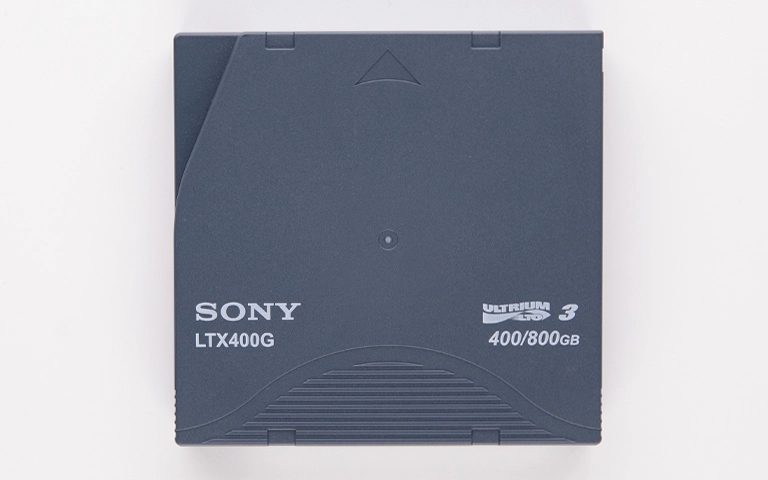Network Attached Storage (NAS) devices like those from LaCie provide an efficient way to store, access, and share data across multiple devices. However, even the most reliable NAS systems can experience data loss due to various factors, including hardware failures, user errors, or environmental issues. Understanding the signs of potential data loss and knowing how to recover data from your LaCie NAS is crucial for safeguarding your valuable information. This blog post will explore common signs of data loss and provide effective solutions for LaCie NAS data recovery.
Signs of Data Loss on a LaCie NAS
Identifying the signs of data loss early can help you take action before the situation worsens. Here are some common indicators that your LaCie NAS may be experiencing data loss:
1. Inaccessible Data
If you find that files or folders on your LaCie NAS are suddenly inaccessible or generate error messages when trying to open them, this may indicate data corruption or drive failure.
2. Frequent Crashes or Freezes
If your NAS frequently crashes, freezes, or becomes unresponsive, it could be a sign of underlying issues. This can affect your ability to access files and may lead to data loss.
3. RAID Status Alerts
If your LaCie NAS is configured in a RAID setup, pay attention to the RAID status indicators. Alerts or warnings about degraded RAID levels or failed drives should be taken seriously, as they can lead to data loss if not addressed promptly.
4. File System Errors
You may encounter error messages indicating file system issues, such as “corrupt file system” or “inaccessible storage.” These messages can indicate that the NAS needs repair or recovery efforts.
5. Unusual Noises
While NAS devices are generally quiet, any unusual sounds, such as clicking or grinding noises, may indicate mechanical failure of the hard drives within the NAS.
Solutions for LaCie NAS Data Recovery
If you suspect that your LaCie NAS has experienced data loss, follow these steps to attempt recovery:
1. Stop Using the NAS Immediately
If you notice signs of data loss, immediately stop using the NAS to prevent further data overwriting. Disconnect it from the network to avoid accidental writes to the drives.
2. Check the Connections
Inspect the NAS and its connections:
- Ensure Secure Connections: Check the power supply and data cables for any damage or loose connections.
- Try Different Ports: If applicable, connect the NAS to a different port on your router or switch to rule out network issues.
3. Access the NAS Management Interface
Log into the NAS management interface to check the health status of the drives:
- Check RAID Configuration: Review the RAID status and any alerts present in the management interface.
- Run Diagnostics: Use built-in diagnostic tools to assess the health of the drives and identify potential issues.
4. Use Data Recovery Software
If the NAS is still recognized but data is inaccessible, consider using data recovery software designed for NAS devices. Some options include:
- EaseUS Data Recovery Wizard: Known for its ability to recover lost data from NAS devices.
- Stellar Data Recovery: Offers tools specifically for NAS data recovery.
Follow the software instructions carefully to maximize your chances of successful recovery.
5. Consult Professional Data Recovery Services
If the above steps do not yield results or if you suspect severe physical damage, it may be time to consult a professional data recovery service. These experts have specialized tools and experience to recover data from malfunctioning NAS systems.
Preventive Measures for Future Data Loss
To minimize the risk of data loss on your LaCie NAS in the future, consider implementing these preventive measures:
-
Regular Backups: Maintain regular backups of important files using another external storage device or cloud service to protect against unexpected data loss.
-
Monitor Drive Health: Use monitoring tools available in the NAS management interface to keep an eye on the health of the drives. Early detection of issues can help you take action before data loss occurs.
-
Implement a RAID Strategy: If not already done, configure your NAS with a RAID setup to enhance data redundancy and protection against drive failures.
-
Keep Software Updated: Regularly check for firmware updates from LaCie to enhance performance, security, and stability.
-
Proper Cooling and Ventilation: Ensure that the NAS is placed in a well-ventilated area to prevent overheating, which can lead to hardware failures.
Conclusion
LaCie NAS data recovery is an essential process for safeguarding your valuable information in the event of data loss. By recognizing the signs of potential issues and following the outlined recovery solutions, you can improve your chances of successful recovery.



